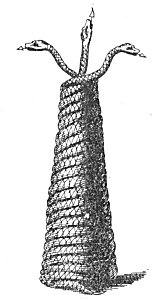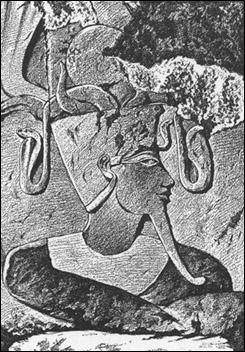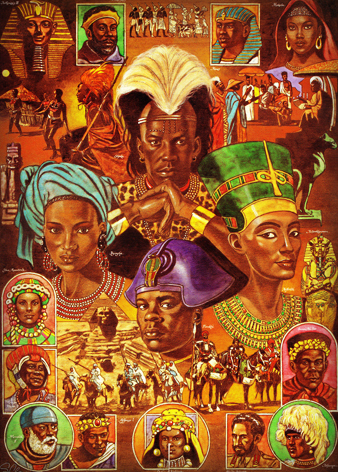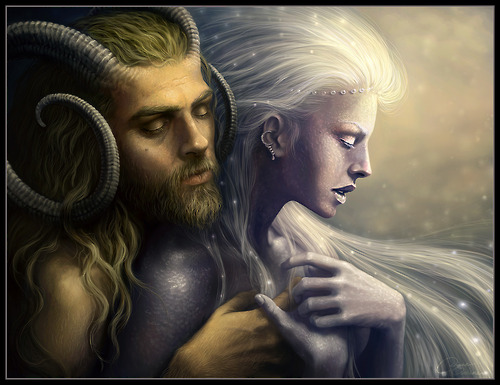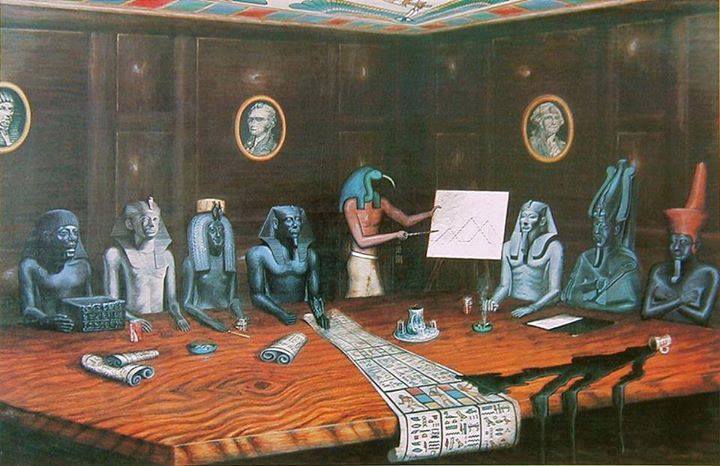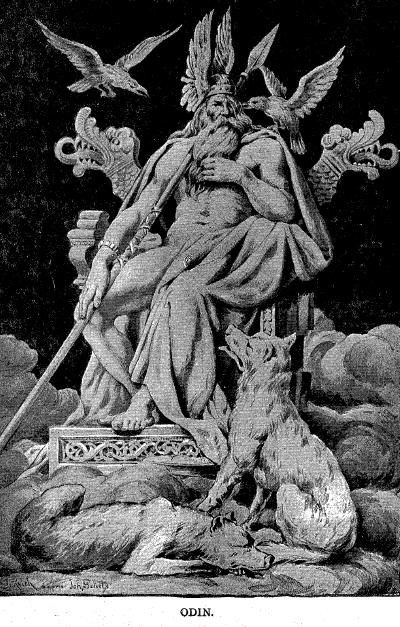p. 33
ATLANTIS is the subject of a short but important article appearing in the Annual Report of the Board of Regents of The Smithsonian Institution for the year ending June 30th, 1915. The author, M. Pierre Termier, a member of the Academy of Sciences and Director of Service of the Geologic Chart of France, in 1912 delivered a lecture on the Atlantean hypothesis before the Institut Océanographique; it is the translated notes of this remarkable lecture that are published in the Smithsonian report.
“After a long period of disdainful indifference,” writes M. Termier, “observe how in the last few years science is returning to the study of Atlantis. How many naturalists, geologists, zoologists, or botanists are asking one another today whether Plato has not transmitted to us, with slight amplification, a page from the actual history of mankind. No affirmation is yet permissible; but it seems more and more evident that a vast region, continental or made up of great islands, has collapsed west of the Pillars of Hercules, otherwise called the Strait of Gibraltar, and that its collapse occurred in the not far distant past. In any event, the question of Atlantis is placed anew before men of science; and since I do not believe that it can ever be solved without the aid of oceanography, I have thought it natural to discuss it here, in this temple of maritime science, and to call to such a problem, long scorned but now being revived, the attention of oceanographers, as well as the attention of those who, though immersed in the tumult of cities, lend an ear to the distant murmur of the sea.”
In his lecture M. Termier presents geologic, geographic, and zoologic data in substantiation of the Atlantis theory. Figuratively draining the entire bed of the Atlantic Ocean, he considers the inequalities of its basin and cites locations on a line from the Azores to Iceland where dredging has brought lava to the surface from a depth of 3,000 meters. The volcanic nature of the islands now existing in the Atlantic Ocean corroborates Plato’s statement that the Atlantean continent was destroyed by volcanic cataclysms. M. Termier also advances the conclusions of a young French zoologist, M. Louis Germain, who admitted the existence of an Atlantic continent connected with the Iberian Peninsula and with Mauritania and prolonged toward the south so as to include some regions of desert climate. M. Termier concludes his lecture with a graphic picture of the engulfment of that continent.
The description of the Atlantean civilization given by Plato in the Critias may be summarized as follows. In the first ages the gods divided the earth among themselves, proportioning it according to their respective dignities. Each became the peculiar deity of his own allotment and established therein temples to himself, ordained a priestcraft, and instituted a system of sacrifice. To Poseidon was given the sea and the island continent of Atlantis. In the midst of the island was a mountain which was the dwelling place of three earth-born primitive human beings–Evenor; his wife, Leucipe; and their only daughter, Cleito. The maiden was very beautiful, and after the sudden death of her parents she was wooed by Poseidon, who begat by her five pairs of male children. Poseidon apportioned his continent among these ten, and Atlas, the eldest, he made overlord of the other nine. Poseidon further called the country Atlantis and the surrounding sea the Atlantic in honor of Atlas. Before the birth of his ten sons, Poseidon divided the continent and the coastwise sea into concentric zones of land and water, which were as perfect as though turned upon a lathe. Two zones of land and three of water surrounded the central island, which Poseidon caused to be irrigated with two springs of water–one warm and the other cold.
The descendants of Atlas continued as rulers of Atlantis, and with wise government and industry elevated the country to a position of surpassing dignity. The natural resources of Atlantis were apparently limitless. Precious metals were mined, wild animals domesticated, and perfumes distilled from its fragrant flowers. While enjoying the abundance natural to their semitropic location, the Atlanteans employed themselves also in the erection of palaces, temples, and docks. They bridged the zones of sea and later dug a deep canal to connect the outer ocean with the central island, where stood the palaces And temple of Poseidon, which excelled all other structures in magnificence. A network of bridges and canals was created by the Atlanteans to unite the various parts of their kingdom.

Moe is the founder of GnosticWarrior.com. He is a father, husband, author, martial arts black belt, and an expert in Gnosticism, the occult, and esotericism.

